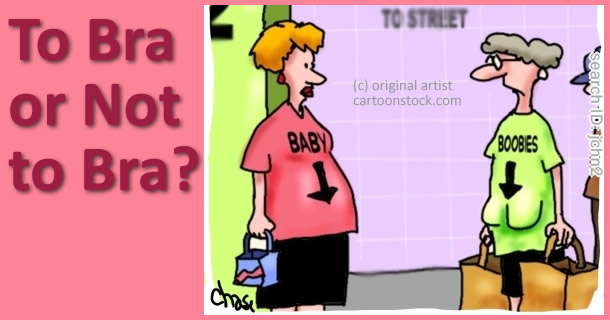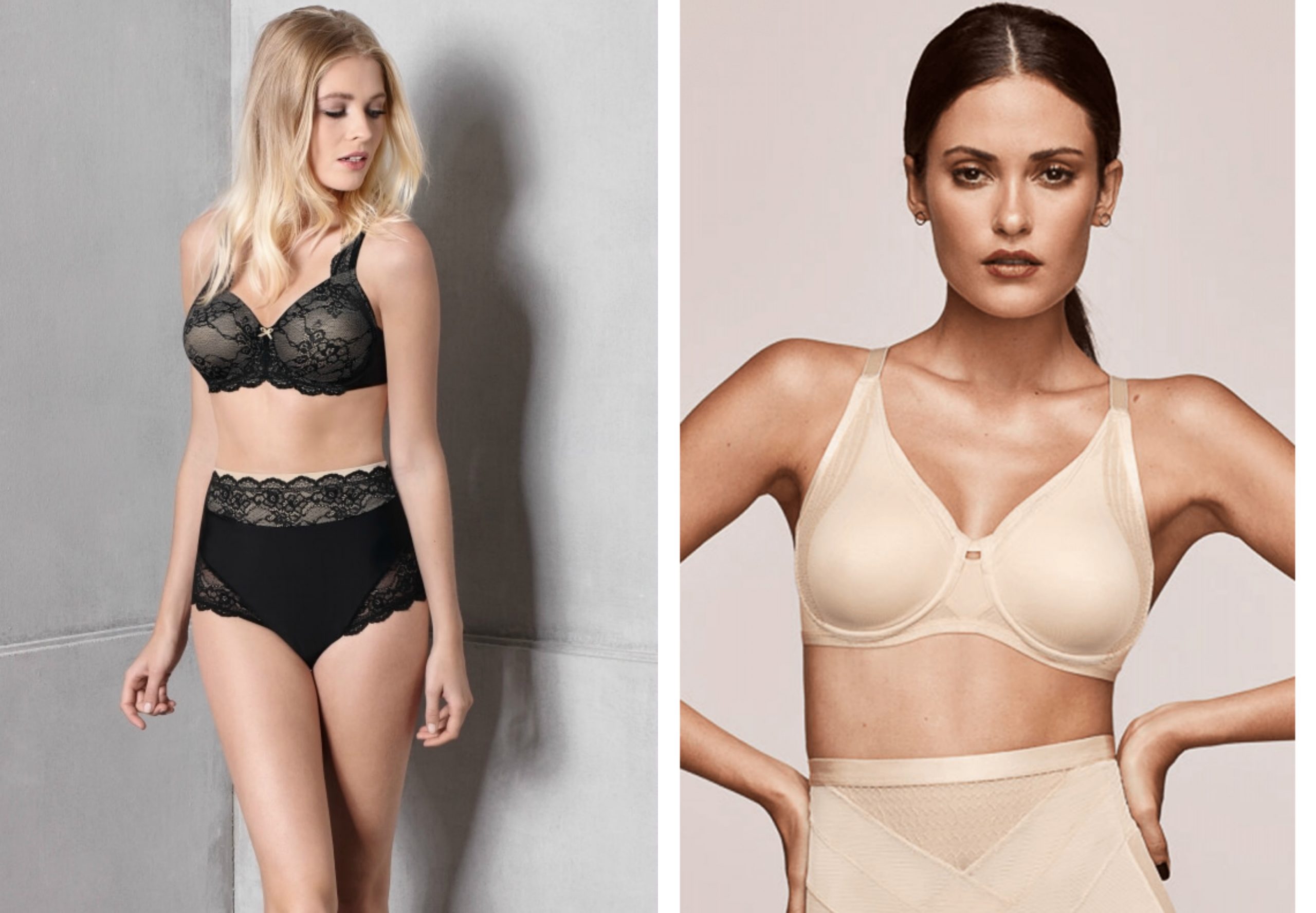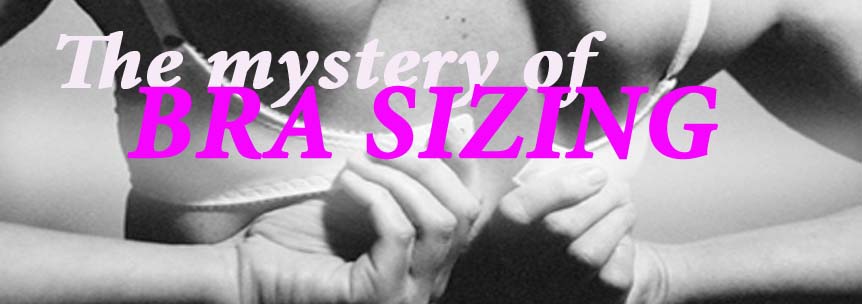Cup sizes come in such confusing and irregular measurement terms that I’d much rather let the bra fitting experts work out my bra size!
It started out with a very simple system where an A cup would accommodate 8 fluid ounces, a B cup 13 fluid ounces, a C cup 21 fluid ounces and a D cup 27 fluid ounces… but it’s not quite as straightforward as that. The torso measurement influences cup size too, for instance a 32C, a 34B and a 36A all share the same cup capacity, only the under band circumference is different!
Brands are catering to different age groups and demographics and they’ve established cup capacity and shape to meet their own customer’s expectations, this obviously differs from country to country. Italy has the smallest average cup size which seems strange since they’re well known for their large breasted film stars such as Sofia Loren, Gina Lollobrigida etc… 68% of Italian women wear a B cup whereas England can boast the largest average cup size with 50% of women wearing a D cup or larger! So English bra companies are naturally more geared up to cater for larger sizes than Italian ones.
Unfortunately there’s no global standardization of the cup size language either, and the real confusion starts above a D cup. Although generally AA and DD are used some manufacturers just continue with E, F, G etc instead and others use DD and DDD to represent an E & EE (although now these are commonly being relabeled E and F cups!), and carry on with , F, FF, G, GG etc . Some European manufacturers only use a standard AA, A, B, C, D, E, F, G, H, scale…. therefore avoiding DD, DDD, EE sizes altogether! I cups are never used because of possible confusion with J and L in some typesets.
Another problem is multi size labeling. If equivalent sizes for a number of different countries are quoted, it’s common for the conversion to be inaccurate. It’s the same old problem of converting inches to centimeters (see my previous blog “The Mystery of Bra Sizing”), and then applying a different set of calculations with the EN 13402 (the European Standardized Sizing System which grades up in 2cm increments as opposed to 2.5cm/1 inch for UK & USA ). For instance a US or UK size 34B, once calculated to European sizing is a 75C, not a 75B as you would think.
Confused? It’s natural! That’s why any bra size calculator or converter should only be used as a guide, and it’s better to have your bra size measured by a professional fitter like our Bra Doctor who is familiar with the idiosyncrasies of each bra brand and sizing.
So ensure you’re wearing the correct size in your chosen brand with a special (and free) Bra Doctor fitting consultation at Now That’s Lingerie!
Teresa
teresa@nowthatslingerie.com
image www.fropki.com Women should wear a D Cup Bra Size : Knowledge Park





Leave a Comment